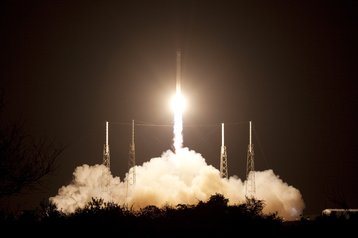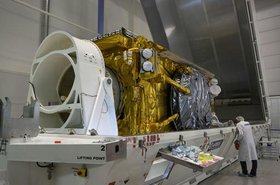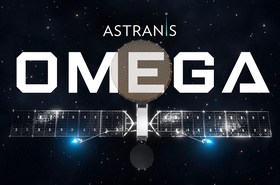SpaceX has lost up to 40 of its latest tranche of satellites after a geomagnetic storm disrupted its deployment process.
In a February 8 statement, the company said its Falcon 9 launched 49 Starlink satellites to low Earth orbit on February 3, deploying each of the satellites into their intended initial 210km-altitude orbit and achieving controlled flight.
“Unfortunately, the satellites deployed on Thursday were significantly impacted by a geomagnetic storm on Friday. These storms cause the atmosphere to warm and atmospheric density at our low deployment altitudes to increase.”
Onboard GPS suggests the escalation speed and severity of the storm caused atmospheric drag to increase up to 50 percent higher than during previous launches.
The Starlink team commanded the satellites into a safe-mode where they would fly edge-on to minimize drag to effectively “take cover from the storm.” However, the majority of the recently-launched satellites have been lost.
“Preliminary analysis show the increased drag at the low altitudes prevented the satellites from leaving safe-mode to begin orbit raising manoeuvrers, and up to 40 of the satellites will re-enter or already have re-entered the Earth’s atmosphere.”
The satellite company said it normally deploys its satellites into these lower orbits before moving into their intended final flightpath so that if any satellite does not pass initial system checkouts it will quickly be de-orbited by atmospheric drag.
Previous reports suggest each Starlink satellite could cost as much as $250,000 each, meaning the failure could cost the company up to $10 million.
The Register notes the Space Weather Prediction Center put a storm watch in place for the day of the launch as well as the day prior thanks to a flare emitted by a full halo coronal mass ejection.
SpaceX noted that the de-orbiting satellites pose “zero collision risk with other satellites” and will disintegrate during re-entry.







